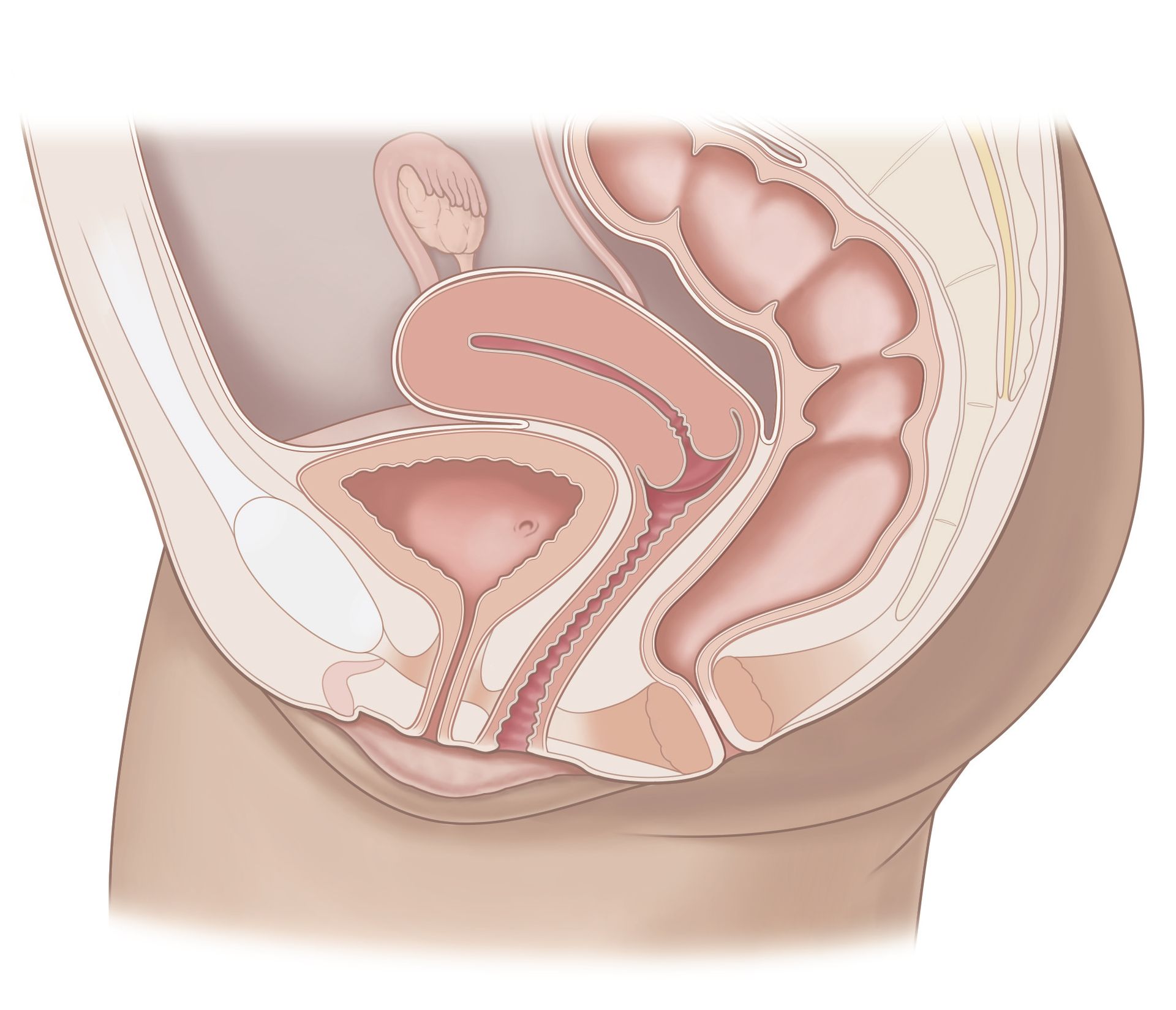
Delivering a baby is a major event. There’s excitement, there’s anxiety, and there’s a lot of new information to learn – it feels like something we should have a class for but we don’t. Birthing a baby can also be scary. We know from the beginning there are risks to childbirth, and there’s a chance of having major surgery, which carries additional risks of its own. This leaves a lot to consider, especially as the cesarean section rate in the US has been rising, recently reaching 32% of births.
Deciding on our pregnancy care team is one of the areas you have the most control over, and we spend a lot of time talking with patients about how to choose. ObGyn or Midwife? Doula or not? Acupuncture? The list goes on.
One thing we hear a lot is this unique pregnancy conflict: between wanting to have an ObGyn who will be there end-to-end throughout pregnancy, to have a friendly face who knows us and who can help to minimize any risks – and also that ObGyns can tend to be unavailable, especially when it comes to the critical moments in the delivery room. They might be very late, or rushed, or not present for the critical moments. They might be out of town altogether. On the one hand, we want to know the person who is going to be responsible for guiding us through this intense event, and it can feel frustrating or isolating when they’re not there.
So we chose a model that removes this conflict – that can deliver better outcomes and a more personal,supportive connection with your birth team. Because we believe it’s possible to have both. Our vision for great prenatal care involves
Group Pregnancy Care and delivering with what is called a “laborist” instead of your Primary ObGyn. Today we’re going to talk about who to deliver with and why.
What Are the Options for Your Delivery?
Before we dive in, some definitions. There are three common models of care when it comes to who delivers your baby:
- Your Primary ObGyn or Midwife
The primary provider you’ve seen throughout your pregnancy handles your delivery, assuming they are available. - Another ObGyn from Your ObGyn’s Practice
Your primary ObGyn might deliver as part of a group of ObGyns that rotate labor responsibility. That means whoever is on-point for deliveries that day will deliver you. It might be your primary ObGyn, but it might not. Often you can arrange to have a prenatal visit with some or all of the other ObGyns in the group so you get acquainted with them ahead of time. - A Laborist
A laborist is an ObGyn who specializes in women in labor, delivering babies, and surgeries like cesarean sections. They work on-site at the hospital, devoting their full attention to caring for birthing women.
Why We Like Laborists
First and foremost, the data shows that laborists can deliver better health outcomes for mothers and babies:
- Fewer inductions of labor: Inductions—when labor is started artificially—can sometimes lead to complications or a cascade of interventions. With laborists, hospitals have seen a 15% reduction in the number of parents needing their labor induced.¹
- Fewer NICU stays: Full-term babies are 25% less likely to need intensive care in the NICU when laborists are involved.¹
- Lower C-section rates: In some hospitals, particularly ones with high rates of cesarean sections or where laborists work closely with midwives, cesarean rates have dropped dramatically—from 32% (the national average) to just 17%.²
- Reduced severe maternal complications: Laborist-led care has been linked to a lower rate of severe maternal morbidity.²
- Shorter hospital stays: Laborist-led care has been linked to fewer cases of staying longer than necessary in the hospital after delivery, with about an 8% decrease in prolonged stays. This can mean a significant cost saving, and getting to enjoying your baby at home sooner.¹
It makes sense: laborists’ specialized focus on labor and delivery can make a significant difference in creating safer birth experiences.
How Laborists Work Differently
How is it that laborists can deliver better outcomes? Here are a few reasons:
1. Expertise in labor and surgery
Laborists are specialists in caring for women in labor. Unlike a traditional ObGyn who splits their time between office visits and deliveries, laborists handle births every shift. That is their main focus.
When prenatal care and delivery are handled by different specialists, each provider can focus on their strengths. Your primary ObGyn manages your overall health and pregnancy, while the laborist ensures expert care during labor and delivery.
A full-time laborist at a large hospital could deliver over 100 babies a month, versus 8-12 for a typical full time ObGyn that works primarily in an office. The laborist’s high volume of deliveries sharpens their skills in labor management and in surgery when needed.
2. They’re always there
Laborists are constantly at the hospital, 24/7. Regardless of when you go into labor – in the middle of the night, during a birthday party, or on NYE – you’ll have a skilled ObGyn ready to care for you without delay. They won’t be late because they’re stuck in traffic from across town.
3. Less likely to be rushed or tired
Laborists aren’t being called out of bed in the middle of the night by surprise, so they are well-rested and fully focused on their patients, which is critical when quick decisions are needed.
Potential Downsides of Laborist Care
No system is perfect. Delivering with a laborist does have potential challenges:
- Lack of Personal Connection
A laborist won’t have the same familiarity with your medical history or birth preferences as your primary ObGyn. - Shift Changes
Laborists typically work shifts, which means you might have more than one doctor involved in your care if your labor spans multiple shifts.
Overcoming the Downsides
Here are some ways to deal with these challenges:
- Share Your Birth Preferences Early
At Almond we’re all about detailed, thoughtful birth plans (or as we like to say, “birth preferences” because labor is inherently unpredictable) – we like to cover everything from medication preferences to what music you prefer to who should be allowed in the delivery room. We will spend lots of time during your prenatal sessions discussing your individualized preferences in detail.
Print and review your birth preferences with your laborist and nurse when you’re admitted to the hospital. Developing a shared understanding of your preferences before labor progresses can improve communication down the line.
- Have your Primary ObGyn Warm Handoff
At Almond, we share and discuss your entire medical record with the hospital. Our Midwife will also send specific notes on your birth plan to share additional thoughts from a medical perspective.
- Get a Doula
A doula can provide continuous support before, during, and after delivery, serving as both an advocate and a source of emotional comfort.
- Coordinate with Your Primary ObGyn
Your laborist can keep your Primary ObGyn updated and check in as needed.
- Do a Hospital Tour
It can help to get familiar with where you’re going to be, where you need to go, and what the feel of the hospital is going to be.
There You Have It. That’s Why We Are Fans of Laborists
At Almond, we’ve seen how the laborist model can transform the birthing experience. By combining
group pregnancy care led by midwives with laborist-led deliveries, we ensure both exceptional prenatal care and expert delivery support. This approach balances the benefits of specialized expertise with our patients' emotional and physical needs.
Whether you’re planning your first birth or navigating a subsequent delivery, considering a laborist could be a step toward a safer and more positive experience. Your care team should always align with your needs, values, and preferences. If you have questions or want to explore this option further, we’re here to help.
Sources
- American Journal of Obstetrics and Gynecology: Laborists and Lower Labor Induction Rates. Read study
- Torbenson, “Use of Obstetric and Gynecologic Hospitalists.” Read study
- ScienceDirect: Impact of Laborists on Maternal and Neonatal Outcomes. Read study



Don’t just get seen, get taken care of.
Questions? Call or book an Intro Call with a member of our team.
© 2024 All Rights Reserved
Almond
